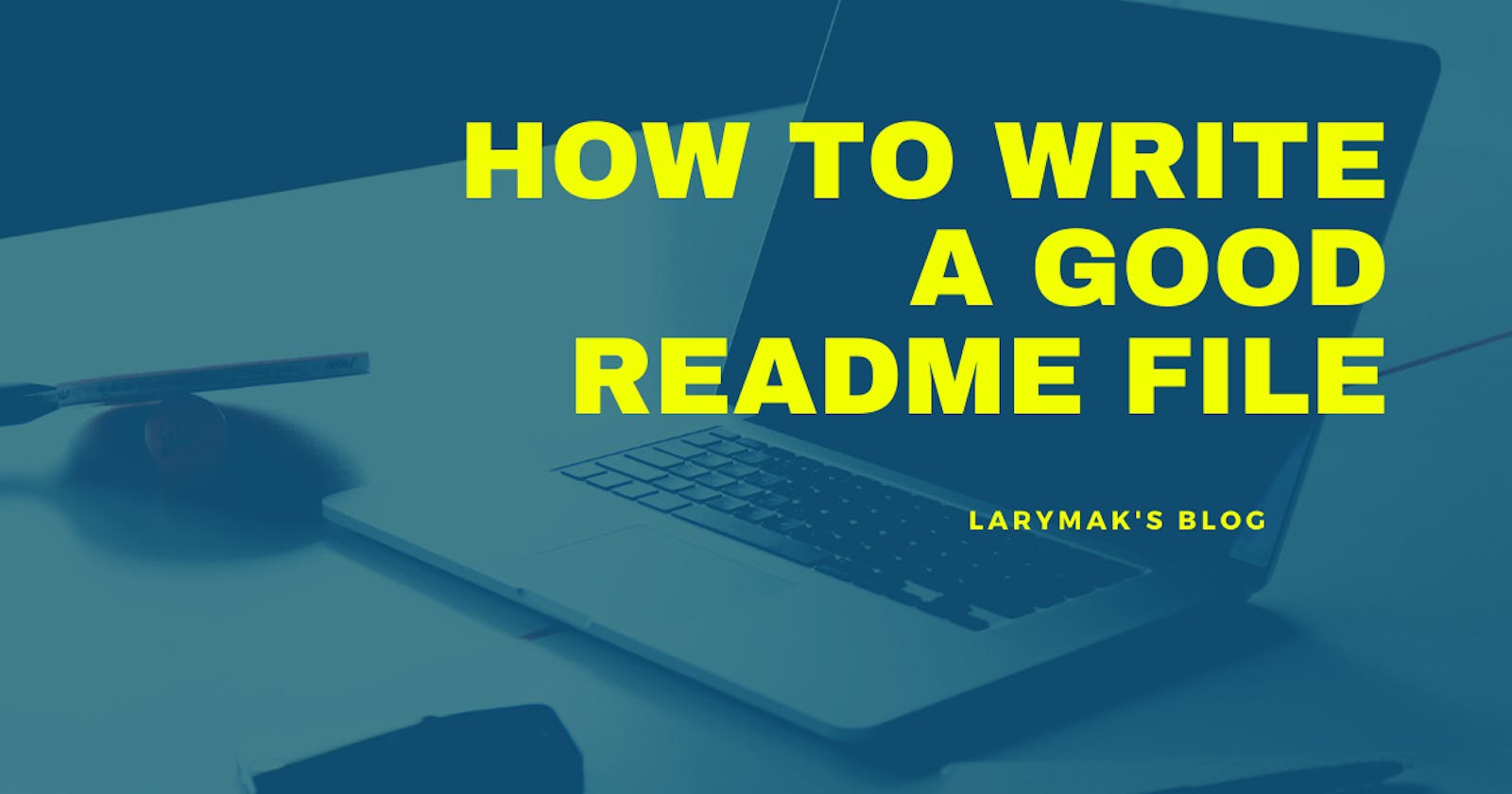What is a README file? This is a guide that gives you a detailed description about a certain project you have pushed to your repository. To write one, you will need to follow the steps below:
Your Project Title
Description
Your GitHub profile is an extremely important aspect of your public identity as a developer. A well-crafted one allows you to show off your work to other developers as well as potential employers. An important component of your GitHub profile—and one that many new developers often overlook—is the README.md file.
The quality of a README often differentiates a good project from a bad project. A good one takes advantage of the opportunity to explain and showcase:
What your application does,
Justify the technologies used,
Talk about some of the challenges you faced and features you hope to implement in the future.
A good README helps you stand out among the large crowd of developers putting their work on GitHub.
There's no one right way to structure a good README. But there is one very wrong way, and that is to not include a README at all or to create a very anemic one. This guide outlines a few best practices. As you progress in your career, you will develop your own ideas about what makes a good README.
A README needs a title and a short description explaining the what, why, and how.
What was your motivation?
Why did you build this project? (Note: The answer is not "Because it was a homework assignment.")
What problem does it solve?
What did you learn?
What makes your project stand out? If your project has a lot of features, consider adding a heading called "Features" and listing them here.
Table of Contents (Optional)
If your README is very long, add a table of contents to make it easy for users to find what they need.
Installation
What are the steps required to install your project? Provide a step-by-step description of how to get the development environment running.
Usage
Provide instructions and examples for use. Include screenshots as needed.
Credits
List your collaborators, if any, with links to their GitHub profiles.
If you used any third-party assets that require attribution, list the creators with links to their primary web presence in this section.
If you followed tutorials, include links to those here as well.
License
The last section of a good README is a license. This lets other developers know what they can and cannot do with your project. If you need help choosing a license, use https://choosealicense.com/
🏆 The sections listed above are the minimum for a good README, But You might also want to consider adding the following sections.
Badges
Badges aren't necessary, per se, but they demonstrate street cred. Badges let other developers know that you know what you're doing. Check out the badges hosted by shields.io. You may not understand what they all represent now, but you will in time.
Contributing
If you created an application or package and would like other developers to contribute it, you will want to add guidelines for how to do so. The Contributor Covenant is an industry standard, but you can always write your own.
Tests
Go the extra mile and write tests for your application. Then provide examples on how to run them.

